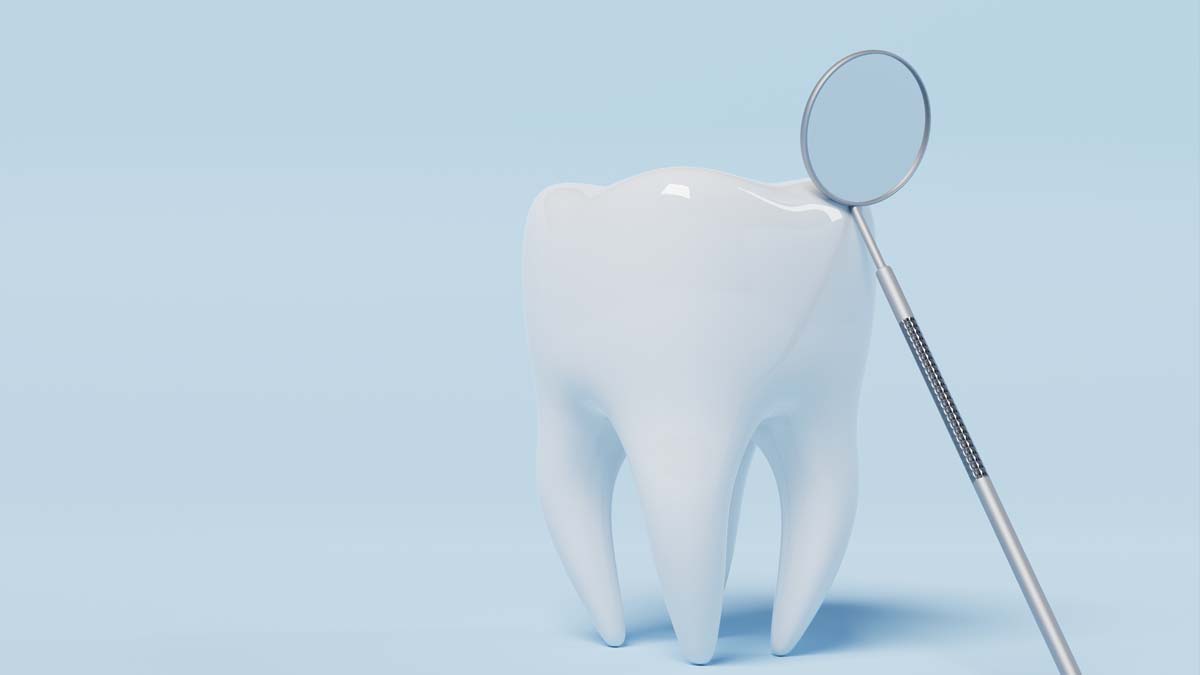If you compare dentistry in 2023 to what it was in 1963, you might be surprised to find how much has changed and how much has stayed the same. While dentists far and wide will tell you that your best bet to keeping your teeth is the same kind of proper daily oral care your grandfather knew, their methods for helping you maintain what’s in your mouth have vastly improved in the past 60 years.
“A huge focus of dental school currently is in better understanding the link between dental health and overall health,” said Dr. Ivy White, a partner with her dad Dr. Eddie White at Sewee Dental Care in Mount Pleasant. “We understand the health implications of dental issues so much better now, and it’s so important to educate people on this and get them invested in their health.”
For instance, when Dr. Eddie White was growing up, any tooth concerns – such as plaque, calculus, notching, wisdom teeth, crowns and possible cavities – would have been treated by his dentist as isolated matters. Now, both he and his daughter approach every dental issue with an eye to how the condition of patients’ teeth affect their overall well-being.
“People are interested in keeping their teeth until 100 years old,” Dr. Eddie White said. “And we are here to help them achieve this, through focusing on how their overall health affects the health and stability of their teeth and gums.”
Part of that link lies both in new and time-honored advancements, such as:
• Digital dentistry. Both dentists said that so far, digital dentistry is the biggest technical advancement of the 21st century. It’s something Ivy learned in school; in the 1980s, it wasn’t part of her dad’s training. What makes digital dentistry special is the use of computer-based or digital components to enhance patient care.
For example, suppose you needed the services of Dr. Eddie White in 1986, right after he graduated from the Medical University of South Carolina. He might have put a gooey substance in an impression tray and had you bite down until it hardened. Then he would have send the mold to a dental technician to create whatever device you needed to repair, replace or better align your teeth.
“The entire process was time-consuming and very uncomfortable for the patient, despite my efforts to make it as pleasant as possible,” Dr. Eddie White said.
On the other hand, if you see him or his daughter now for the same issue, they will use intraoral scanning to make a 3D digital image of your mouth to enhance analysis and treatment.
“Which is much faster with no patient discomfort,” Dr. Eddie White said. “We are able to integrate different imaging and deliver care based on more information, which is better both for patient understanding and for our decision-making.”
• Power brushing. Electric toothbrushes have been around since 1960, when a company called Squibb marketed the first American model Broxodent, which rotated side to side. Today’s models rotate fully and are similar to the device dentists use for regular cleanings.
Dr. Lisa Creaven, dentist and founder of Made By Dentists, a company that produces professional oral care products, said the advantage of power brushes is that their rotation “essentially forces the toothpaste in more difficult-to-reach areas, which is where cavities start.”
• Brushing, flossing and gargling. While this dental trinity has been around seemingly forever, it is oddly the one area that is still as troublesome as at any time in the past.
“People still struggle with brushing their teeth effectively,” Dr. Ivy White said. “Regular dental visits are important, but keeping your teeth clean at home is absolutely the most important.”
Her dad added that while the entire Sewee Dental Care team focuses on putting patients before teeth, he and his daughter try to see them as two parts of a connected whole.
“It’s a person, not a tooth, you’re working on and trying to help,” Dr. Eddie White said. “But you have to brush your teeth and floss – and people still have a hard time figuring that out. All of the dentistry in the world won’t last if patients don’t understand how to keep everything clean.”
By L. C. Leach III
